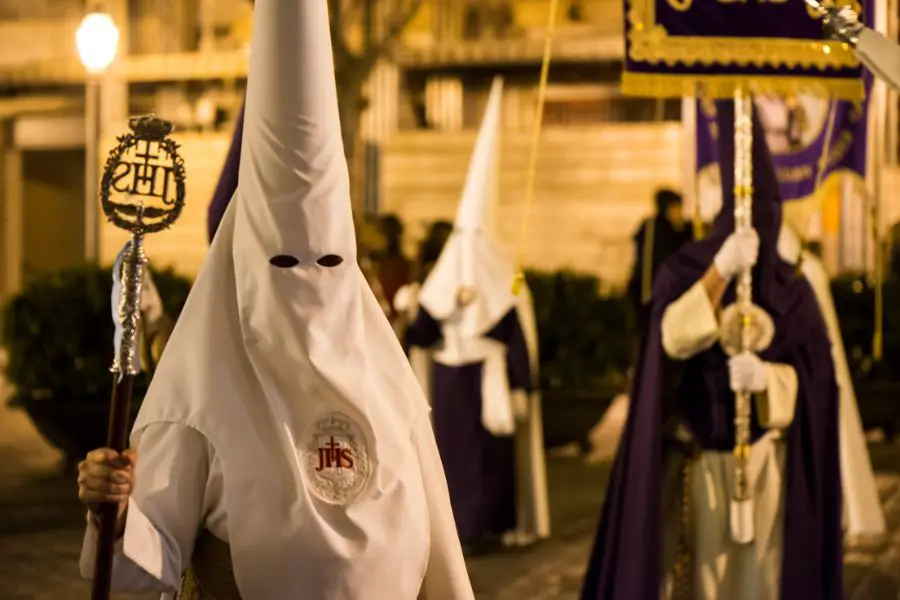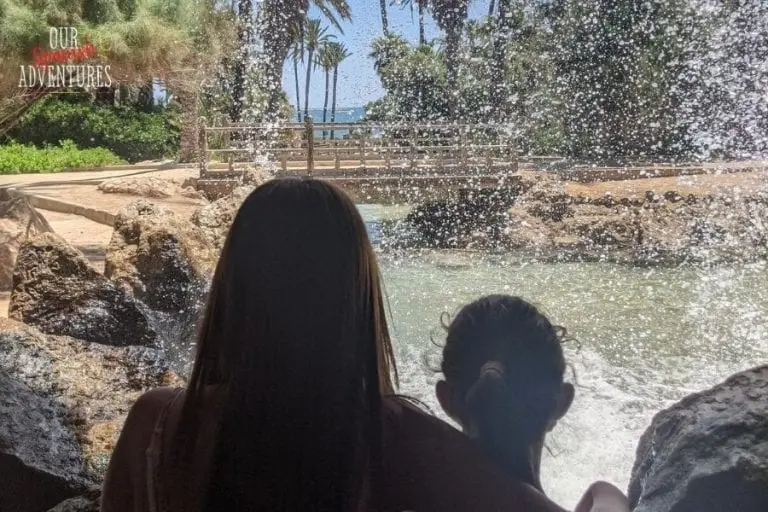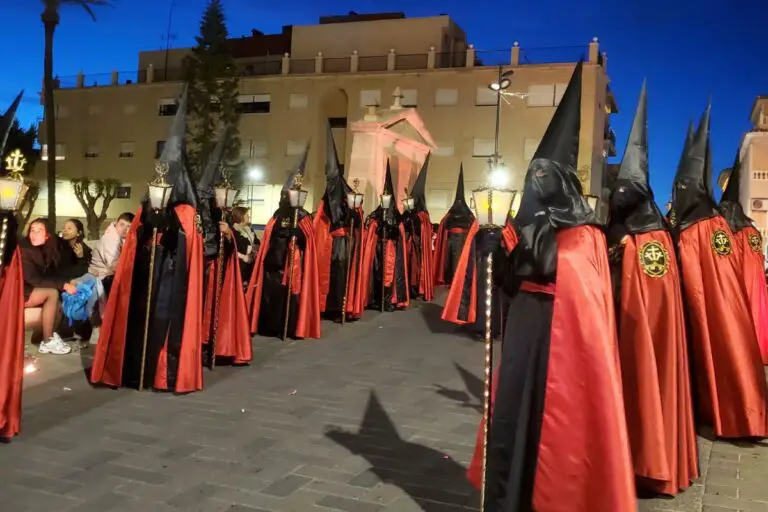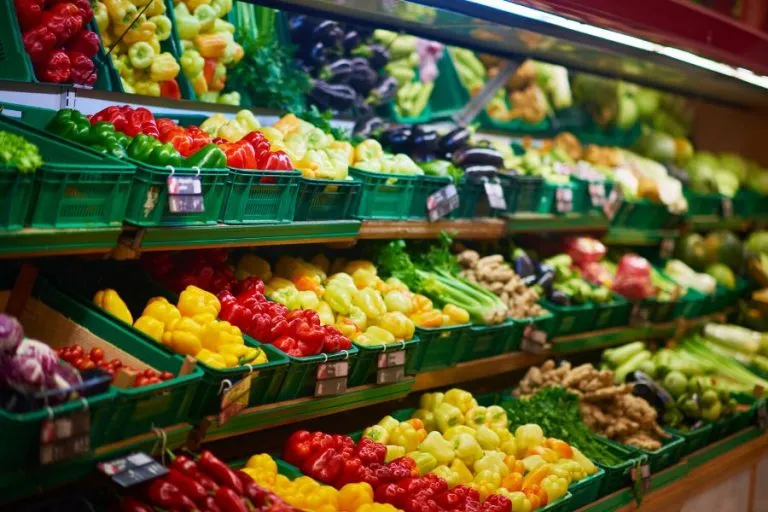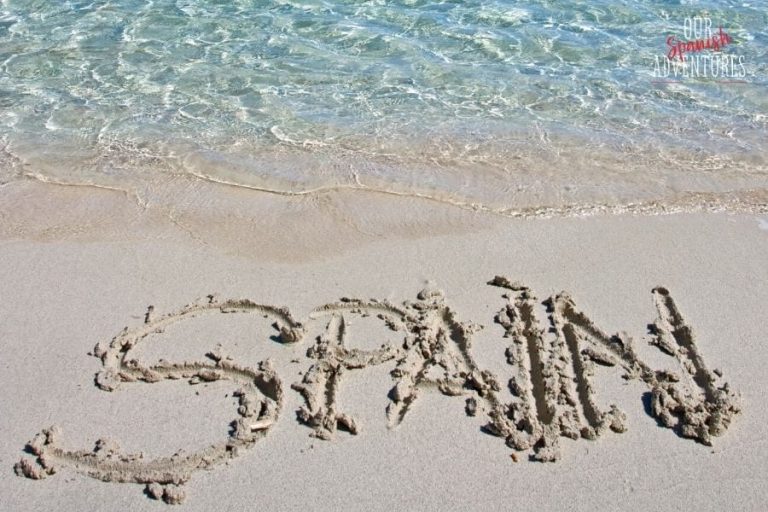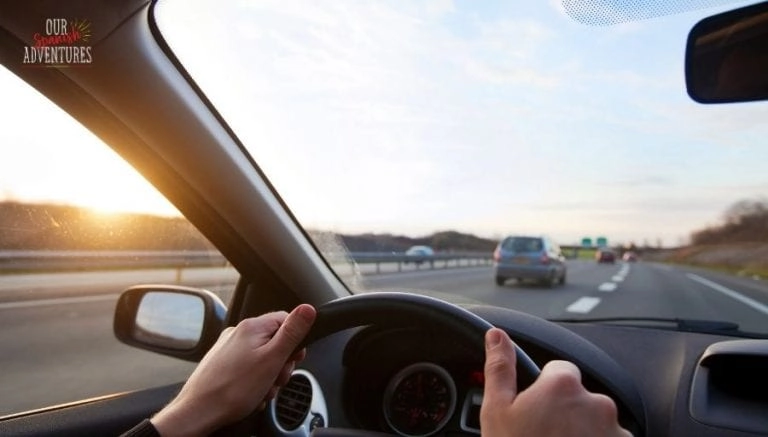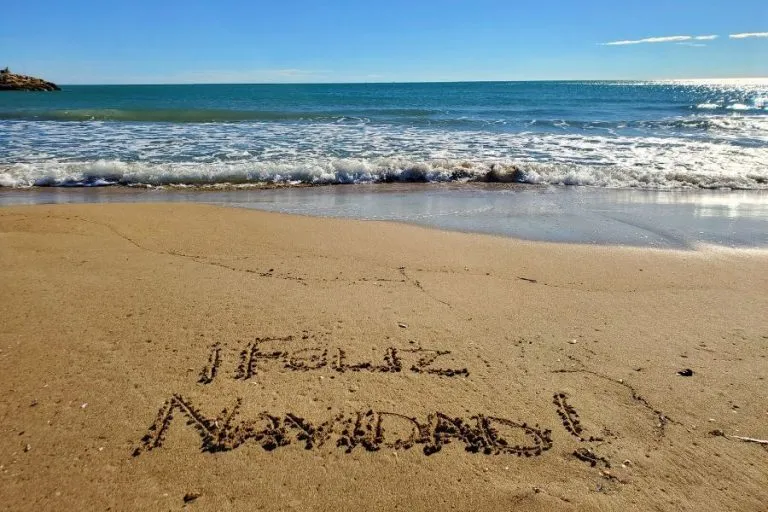10 facts about Easter in Spain
Semana Santa, or Holy Week, is the most important religious celebration in Spain and takes place during the week leading up to Easter Sunday.
If you’re lucky enough to be in Spain during Easter, watching one or more of the Semana Santa parades is a must. They’re unlike anything you’ll have seen before.
There are lots of Semana Santa customs and traditions unique to Spain so if you’d like to know more, here are 10 interesting facts about Easter in Spain…
10 Semana Santa Facts
1. The tradition of Semana Santa dates back to the 16th century, and has been celebrated in Spain for centuries. Semana Santa was created by the Catholic Church to explain the story of the Passion of Christ to non-religious groups.
2. The most famous Semana Santa celebrations in Spain take place in Seville, where elaborate processions featuring ornate floats, religious statues, and hooded penitents called Nazarenos make their way through the streets. These Easter festivals in Spain bring over 1 million tourists to Seville alone each year!
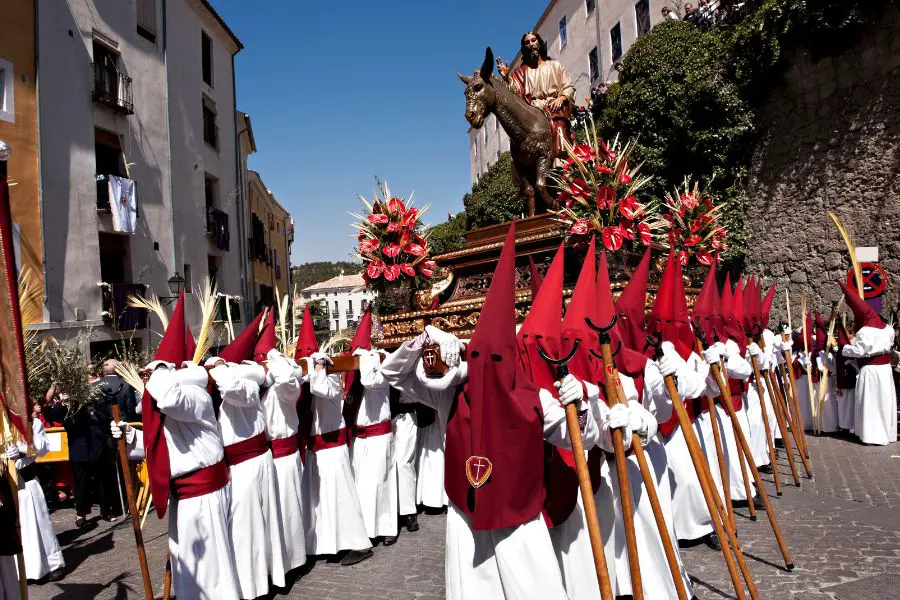
3. Each day of Semana Santa is marked by different processions dedicated to the events of Jesus Christ’s Passion and Death. On Palm Sunday in Spain (Domingo de Palma) the parades commemorate Jesus’ triumphant arrival in Jerusalem.
4. During Semana Santa, many Spaniards participate in acts of penance and devotion, such as carrying crosses or walking barefoot in the processions. On Easter Monday in Spain (Lunes de Pascua) dramatic processions of pasos are accompanied by ancient wooden sculptures of Jesus Christ and Virgin Mary, along with hundreds of penitents carrying flags.
5. Holy Thursday (Jueves Santo) celebrations last all night until Good Friday (Viernes Santo). People gather in the streets to eat, drink, and celebrate until dawn.
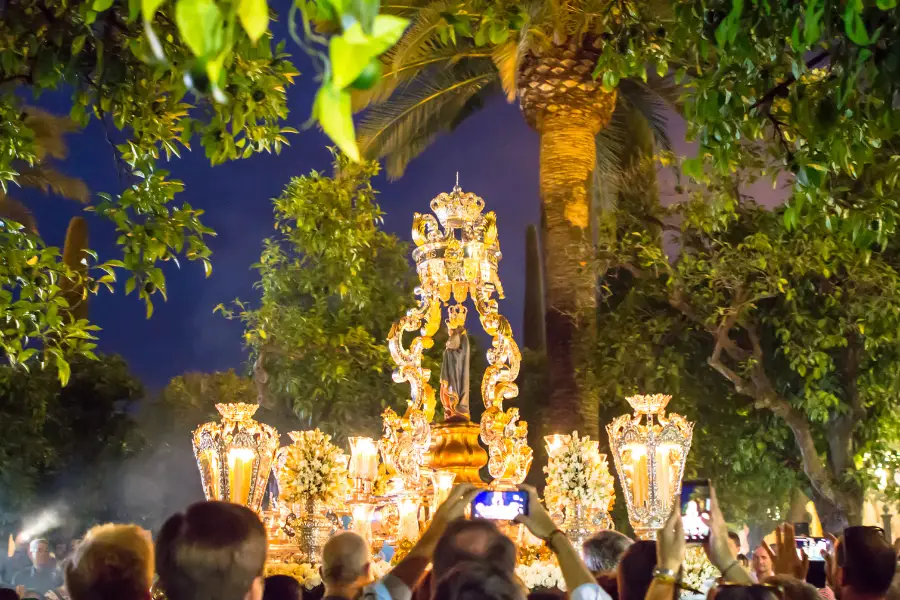
6. On Holy Saturday (Sabado Santo), some Spaniards will pay their respects to the death of Jesus by remaining silent. At sunrise on Easter Sunday (Domingo de Pascua), they light a candle and end their week of Easter celebrations.
7. There are no chocolate eggs or bunnies in Spain! Traditional foods eaten during Semana Santa include torrijas (a type of French toast), bacalao (salted codfish), and Easter sweets like pestiños and roscos.
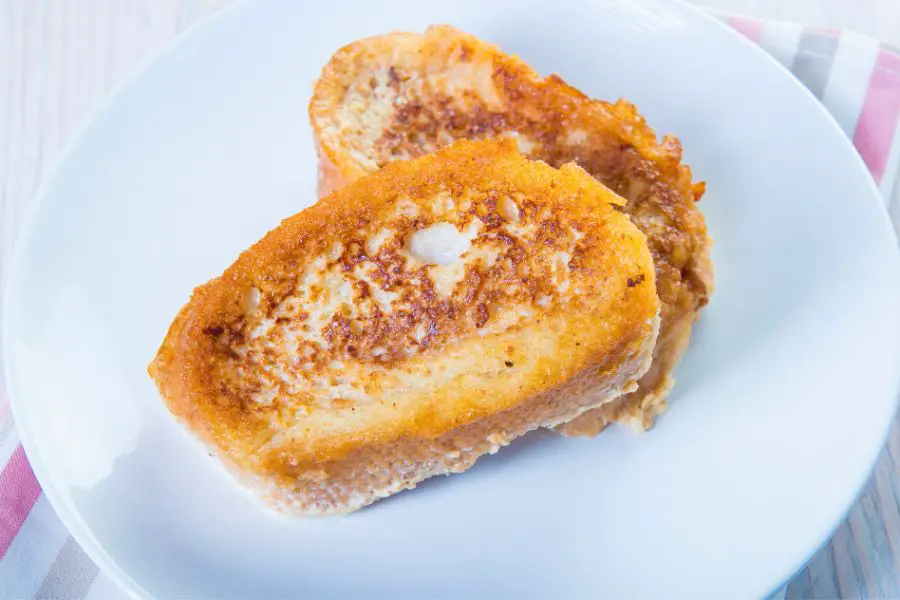
8. Easter traditions in Spain include the the Saeta, a sad sounding religious song mourning the suffering of Christ. The saeta is typically sung a cappella by a professional flamenco singer wearing the traditional black clothing of the Mujeres de Mantilla.
9. Each year, millions of tourists from around the world visit Spain during Easter to witness the spectacle of Semana Santa and experience the unique cultural traditions associated with the celebration.
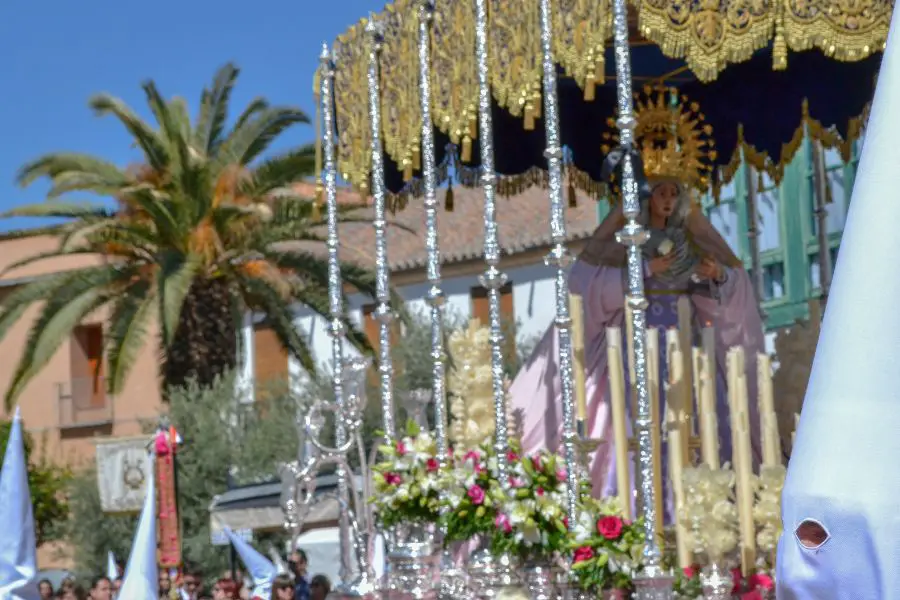
10. Elche on the Costa Blanca is the only place in the world where the tradition of crafting white palm fronds during Semana Santa lives on. Elche has been exporting palm frond creations to other countries for centuries and even the Spanish Royal Family have been pictured with them. These beautiful creations acknowledge the triumphal entry of Jesus Christ into Jerusalem a few days before his crucifixion, when the people came out to receive him waving palms and olive branches. You can see examples of these Palmas Blancas in the Semana Santa processions in Elche.
Ready to book your Easter trip to Spain?
If you’re ready to start booking your Alicante holiday, these links may help…
– Find great value flights and accommodation at Expedia
– Prebook your airport transfer at HolidayTaxis
– Check hotel and restaurant reviews at TripAdvisor
– Book your tours and excursions at GetYourGuide
– Get your Travel Insurance at Civitatis
We hope you’ve enjoyed these Semana Santa facts – what is your favourite part of Easter in Spain?

